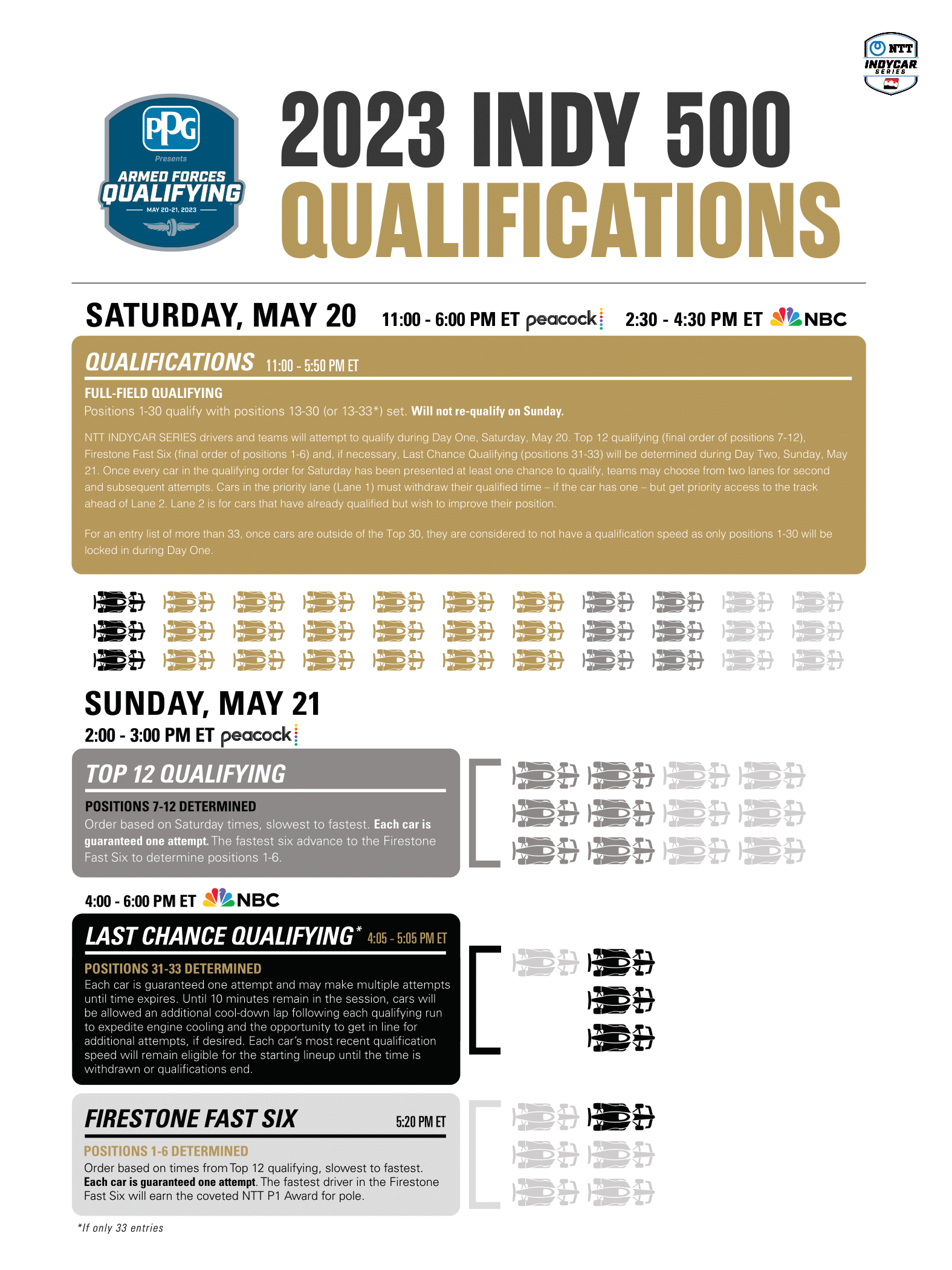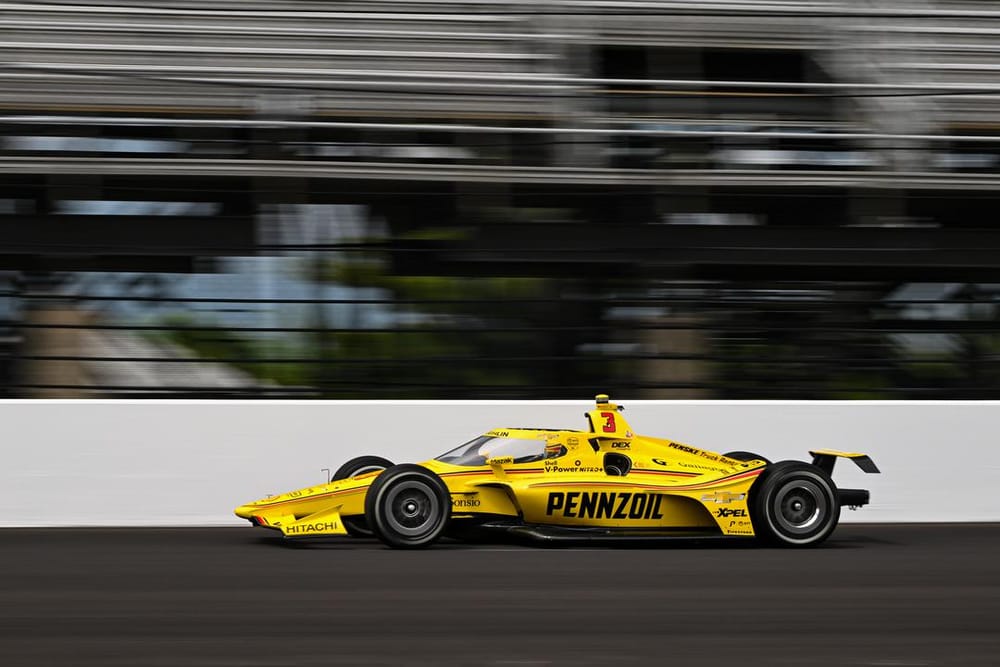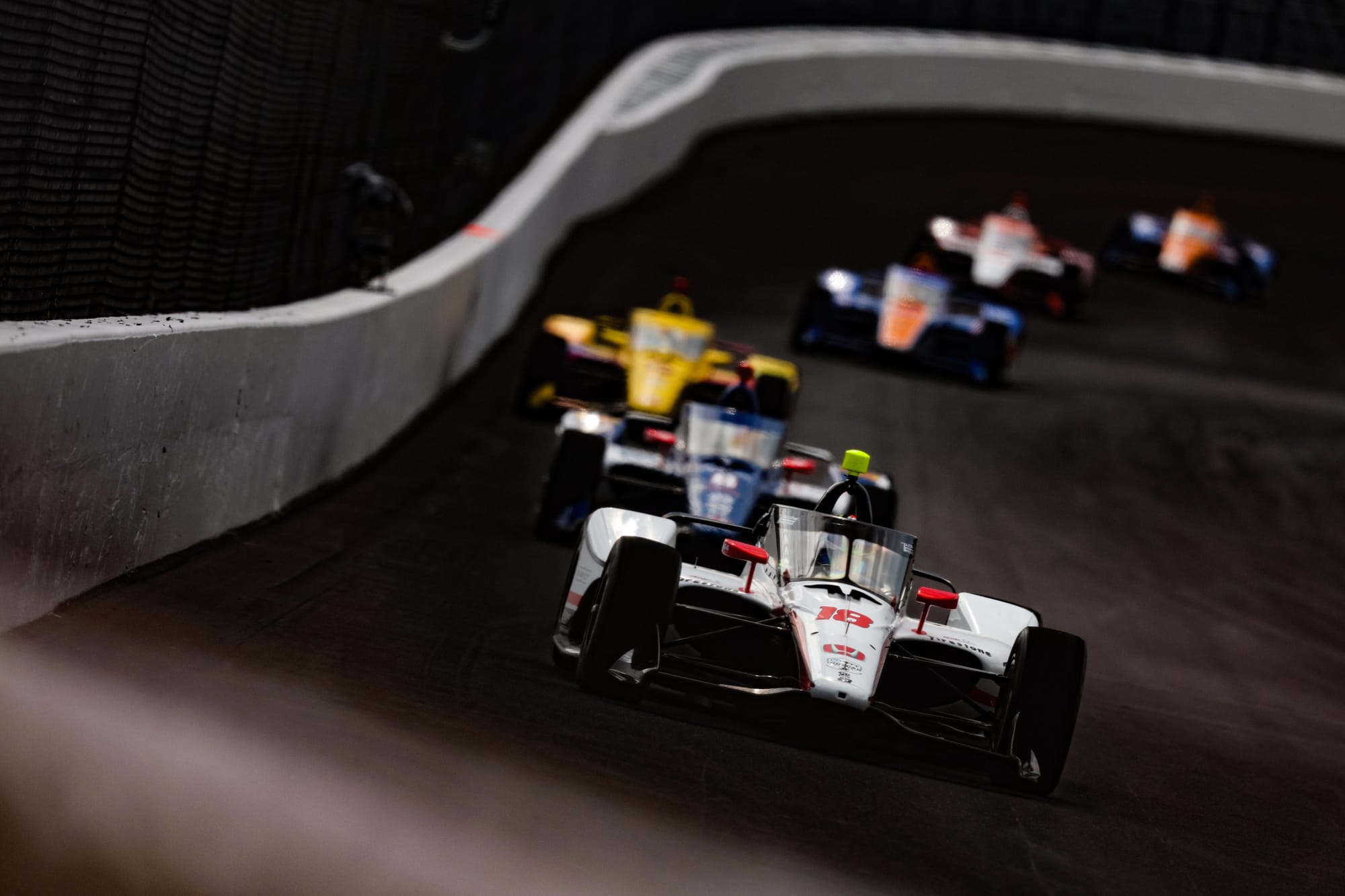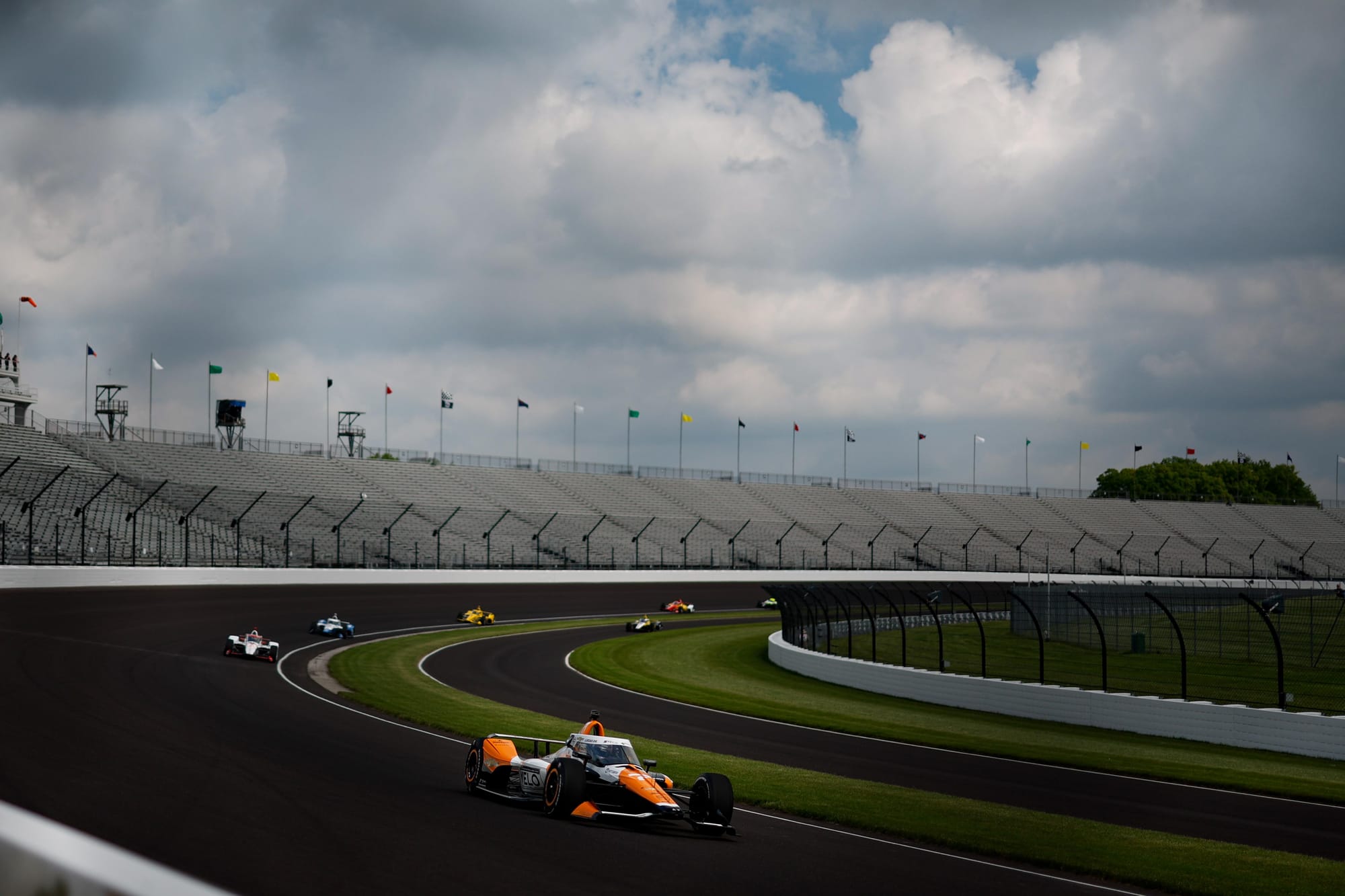Whether it’s reigning winner Penske failing to make the race in 1995, all the way through to McLaren and two-time Formula 1 champion Fernando Alonso being bumped from the starting grid in 2019, Indianapolis 500 qualifying is always exciting.
Speeds can reach an average of 233mph over four laps in what is the ultimate test of driver, car and engine.
But how is the grid for the Indy 500 set? Here’s how the format works and what to expect.
Saturday May 18
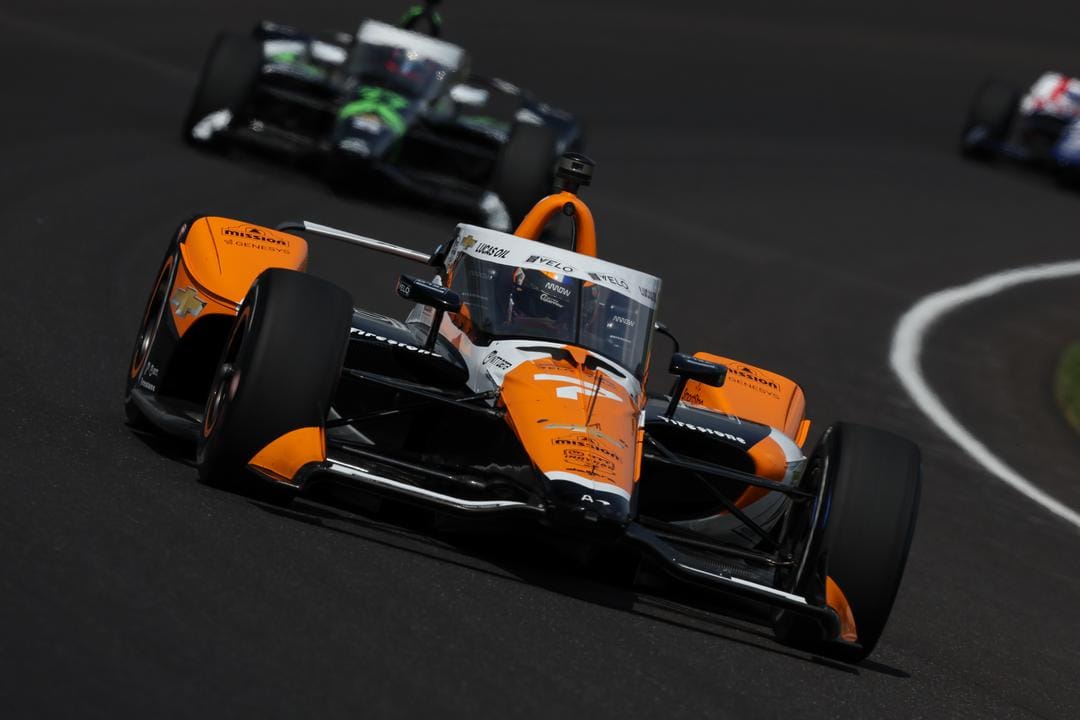
Practice 0830-0930
Qualifying 1100-1750
On Saturday, the positions from 13th to 29th are decided and those drivers have confirmed their starting positions for the Indy 500.
But for those in the top 12, and, this year, in positions 30-34, this is where the real fun (or fear) starts.
On the Friday, a random draw decides the order the cars qualify in. Then on Saturday from 11am-5.50pm, each car will do a solo four-lap run to set a qualifying time.
Provided there are no big delays, this process is always finished well before 5.50pm, sometimes as much as two hours before, so qualifying doesn’t end here.
Drivers can theoretically go back out as many times as they like in the time remaining, but because the qualifying laps have to be done on a clear track, a queuing system is needed to decide who goes when.
The cars that want to go back out form two lines to queue to get on track.
If you enter the line closest to the pitwall, queue one, you keep the time you set previously, and then when you go out on track, you try to improve. If you crash or go slower, you keep the time you set previously.
There is no jeopardy in this line, so it fills up quickly and you might be waiting a long time to get out on track. You might not even make it back out if the line is long - because there’s another queue.
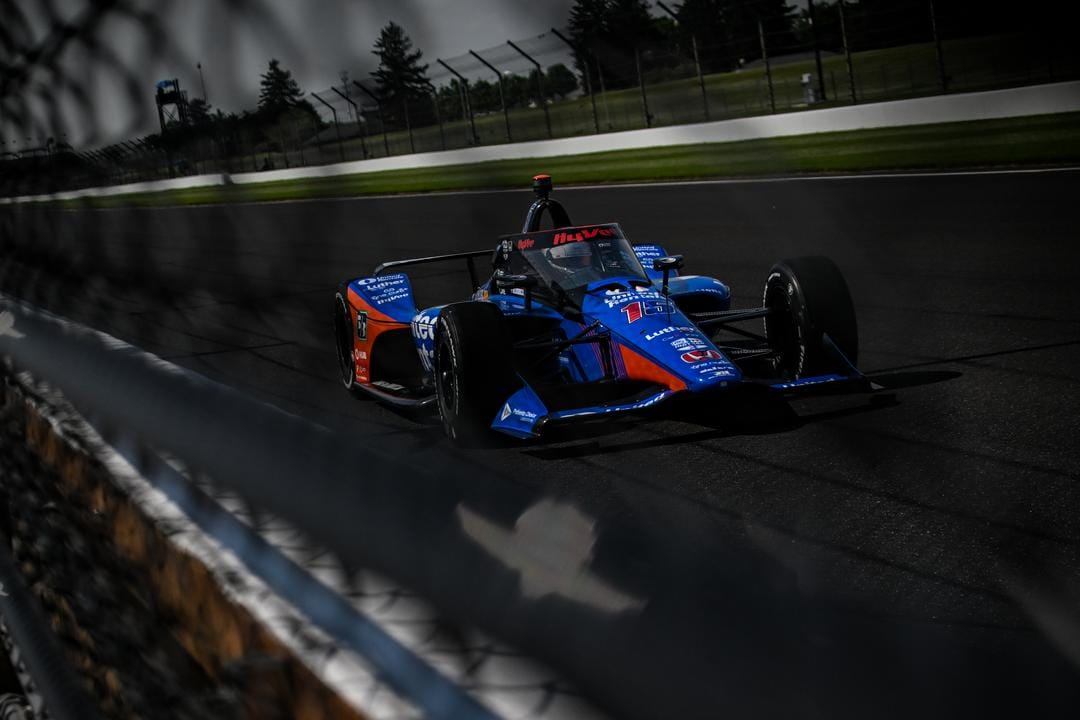
The queue closest to the pit boxes gets priority to go out on track, so if there is a car in this line, it goes first.
This is the jeopardy lane because if you go in this line, you surrender your original qualifying effort to try to go for a better one.
If you crash or have a mechanical issue, you are not in the race at that point. And if you go slower, your old time can’t save you.
Drivers basically have to weigh up how big a risk to take. Queue one means you have a time regardless of what happens. Queue two gets you out on track much quicker but at the cost of surrendering your previous time.
Go big or get bumped and go home.@Hinchtown explains the high-stakes @PPG Presents Armed Forces Qualifying Weekend.
— NTT INDYCAR SERIES (@IndyCar) May 19, 2023
Who's ready for the rollercoaster of emotions that is qualifying for "The Greatest Spectacle in Racing"?#INDYCAR // #Indy500 pic.twitter.com/qa4KceBeXa
There’s one more sting in the tail.
If there’s rain, which there has been on multiple days this year leading into qualifying, IndyCar reserves the right to move qualifying to Sunday, and do all of Saturday and Sunday’s action in one day - provided it remains dry on Sunday, of course.
If the rain continues, IndyCar will make a call depending on the context of the situation, rather than it being a specific decision in the rule book.
Sunday May 19 (Bump Day)
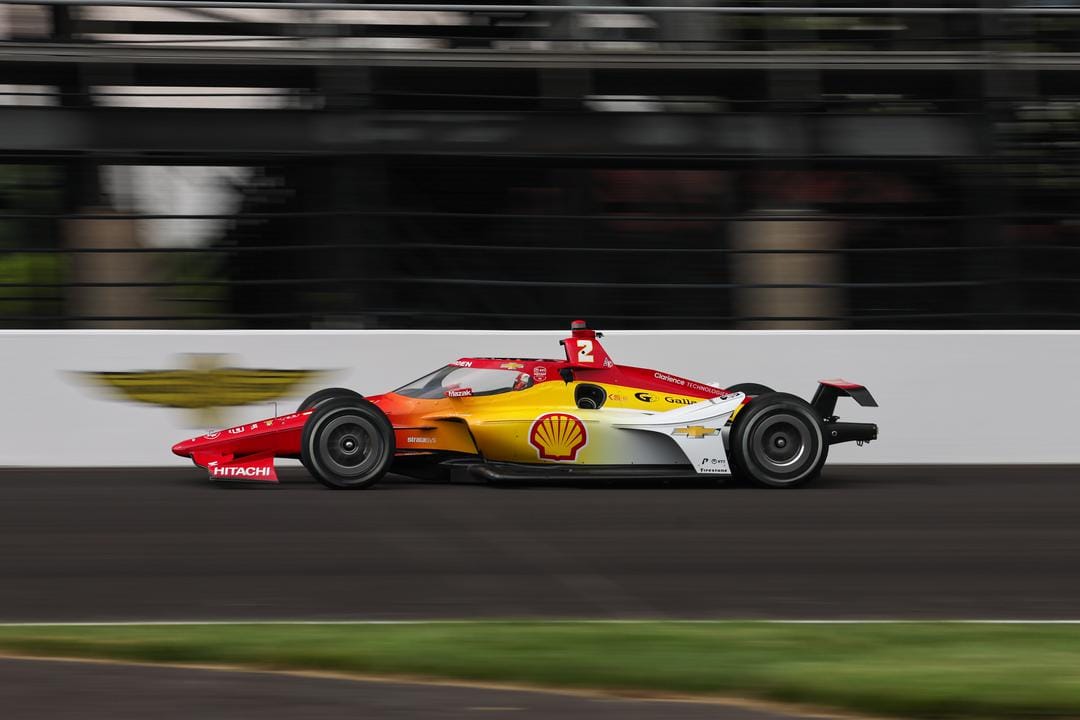
Top 12 practice: 1130-1230
Last Chance qualifiers' practice: 1230-1330
Top 12 qualifying: 1505-1605
Last Chance qualifying: 1615-1715
Fast Six qualifying: 1725-1755
Sunday is a unique day, in that it both offers up the fastest driver in elite motorsport, notching an average speed of 233mph-plus, while also removing one driver from the race dubbed the 'Greatest Spectacle in Racing'.
Top 12 qualifying is first, and runs in the order the drivers finished in the day before. Each driver will get a single four-lap run, and there’s no queue or do-over here, just one chance.
After this session, the top six cars will go through to fight for pole later, while seventh to 12th is set in their starting positions for the race.
After the Top 12 session, it’s on to Last Chance qualifying where one car is knocked out, which is where the 'Bump Day' name comes from.
Cars 30-34 will run in the order they finished Saturday in and then, after that, the queue system is in place and drivers can go out as many times as they like until the hour-long session runs out. At the end of it, the slowest driver is 'bumped' out of the 33-car grid.
After that, the fight for pole is on in the Fast Six, where qualifying returns to single, four-lap runs.
There's just one chance to go for pole, this time in reverse order of where the cars finished in the Top 12 qualifying - so the fastest driver from that session will go last in the shootout for pole.
The graphic below is from 2023 but is still relevant for how it all works.
